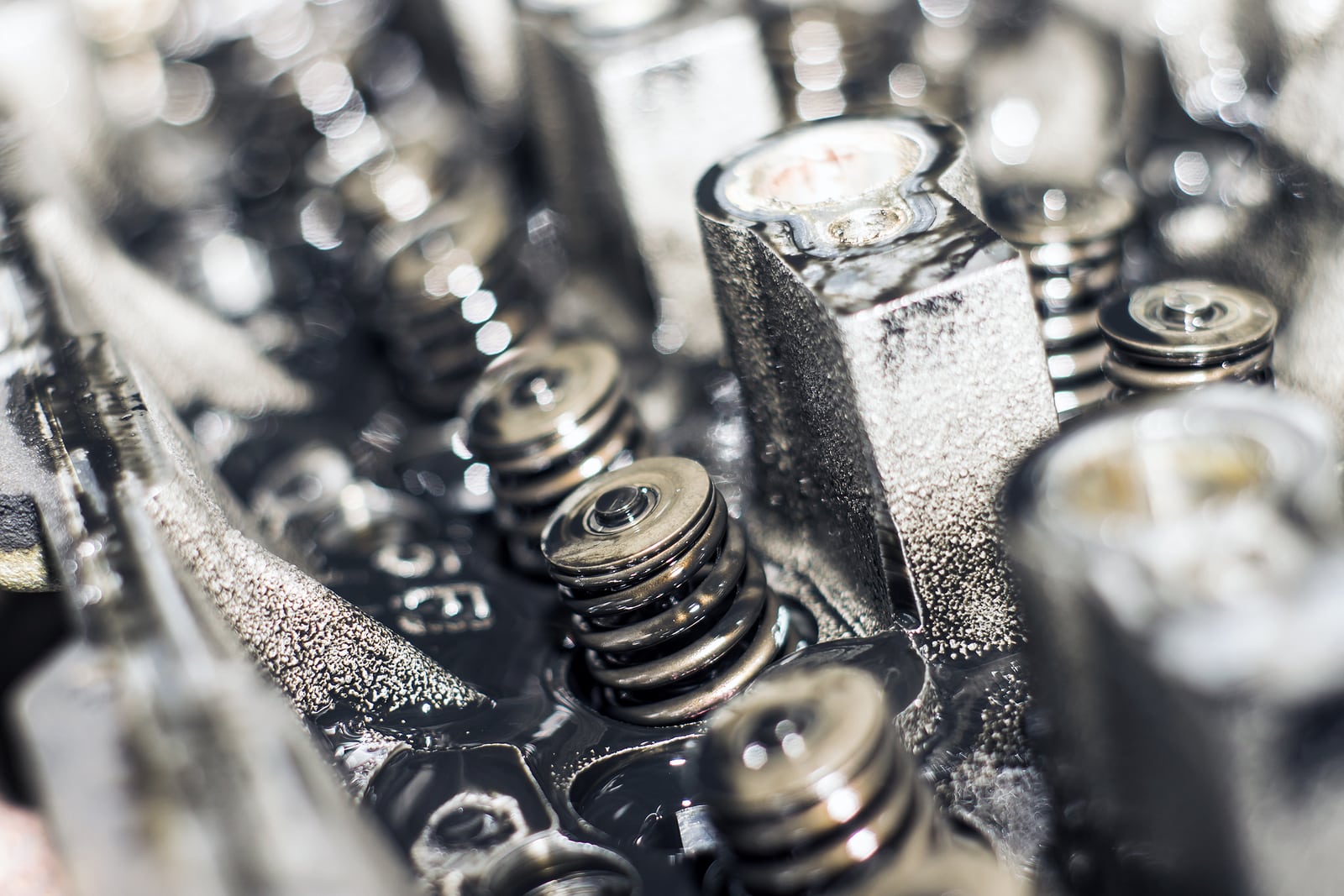
Clean Your Cylinder Head Like a Pro! 2024 Edition
January 5, 2017Your engine’s cylinder head is like the unsung hero of your vehicle. It houses all the critical parts—like intake and exhaust valves, rocker arms, and spark plugs, depending on what type of vehicle you drive—that keep your engine humming. Plus, it lets coolant and oil flow through the system to prevent overheating.
Over time, gunk and carbon buildup can slow things down, making your engine less efficient. That’s why keeping your cylinder head clean is so important. The good news? Once it’s out of your vehicle, cleaning it isn’t as hard as it sounds! The question is, where do we begin?
What is Diesel Engine Cylinder Head?
Think of the cylinder head as the diesel engine’s lid. It seals the combustion chamber and manages airflow, fuel, and exhaust. The cylinder head also houses the intake and exhaust valves, which allow air and fuel to enter and exit the cylinder. Keeping it clean and in good shape is key to maintaining your engine’s performance. Skipping maintenance could mean costly repairs down the road, so don’t let it slide!
Why Should I Clean My Engine’s Cylinder Head?
Cleaning your cylinder head isn’t just about keeping things tidy—it’s about keeping your engine running at its best. Some of the reasons why you shouldn’t overlook cleaning and maintaining your diesel cylinder heads include:
- Breathe Easy: Carbon deposits can clog up airflow and hurt your engine’s power and fuel efficiency. Regular cleaning keeps things running smoothly.
- Spot the Issues: A clean cylinder head makes it easier to see cracks, holes, or other damage that could turn into major problems.
- Last Longer: On average, cylinder heads last about five years, but with regular care, they can go even longer.
How Often Should You Clean a Cylinder Head?
That depends on how much you drive and your engine’s condition. It’s a good idea to clean it every few years or whenever you’re doing major engine maintenance. Is your cylinder head due for a change? At DFC Diesel, we offer a variety of reman diesel cylinder heads and replacement parts for Duramax, Powerstroke, and Cummins diesel engines. Check out our selection today and request a quote!
3 Steps to Cleaning Your Diesel Engine Cylinder Head
1. Do The Prep Work
It’s recommended to wear gloves while cleaning your cylinder head, since you’ll have to use powerful chemicals to get through built up sludge and dirt. Then you’ll want to put the cylinder head in a large container near a source of warm water, as you’ll want to rinse the heads. Be sure to have paper towels, brake or parts cleaner, and canned air nearby.
2. Disassembly
To clean the cylinder head valves, you have to remove the head. Methods of doing this can vary depending on the make and model of your vehicle, so you may want to look at the handbook to be sure of any details.
Typically, you’ll have to remove the valve cover first (the metal cover on top of the engine that prevents oil leaks). Before you remove the cover, you’ll want to be sure there are no cables, spark plug brackets, or PCV in your way. Then you’ll remove the valve cover bolts with the appropriate tool. Be sure to place all the small bolts and items in a safe space and keep them well organized. One missing piece could result in a lot of headache.
Once the cover is removed, you’ll have to disassemble all the parts (camshifts, exhaust valves, spark plugs, etc.). Sometimes this requires a machine press. If this is the case, you may have to bring it to a mechanic shop.
3. Cleaning
Once your cylinder head is completely disassembled, use a plastic scraper to remove any head gasket “gunk” that remains on it. However, take extra care not to scrape the surface where the gasket material is, since any damage can cause leaks. These leaks often lead to a blown gasket, which means your engine will overheat and break down, leaving your car unable to move – a problem we all want to avoid.
Once all the gasket material is removed, place the cylinder head in the large container and begin using your cleaner. Wash all the pieces of the cylinder head that you can access with a rag and the cleaner.
When you’re confident the cylinder head is as clean as it will get, you’ll want to get a second container and fill it with warm water (enough to completely submerge the cylinder head in). The cleaning chemicals can damage some cylinder heads if they aren’t rinsed right away, so be sure to do this as quickly as possible. After it has soaked for a few minutes, lift it out and rest it on a clean, dry surface. Get a new, clean rag and wipe off as much moisture as you can, then leave it to completely dry.
Now you’re ready to reassemble, install, and enjoy the peace of mind that comes with knowing your engine is spotless.
Ready to Upgrade Your Cylinder Head?
Don’t let a dirty or damaged cylinder head slow you down! Check out our selection of reman diesel cylinder heads and other diesel engine parts or contact us to receive a free quote!


